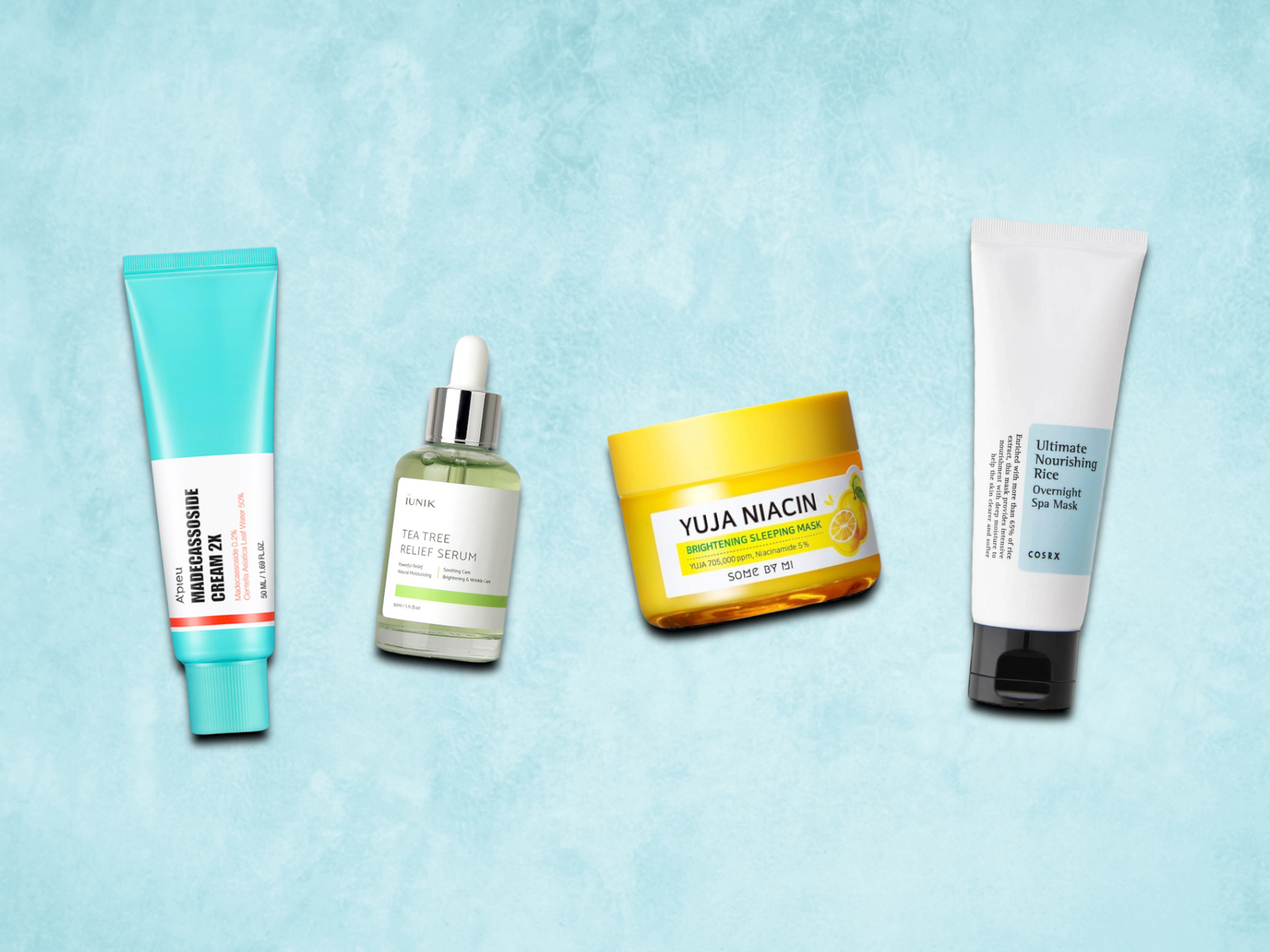Niacinamide
From reducing fine lines and wrinkles to improving skin texture and tone, niacinamide offers a wide range of benefits for all skin types.
Our favourites:
Filters
AXIS-YDark Spot Correcting Glow Serum
AnuaRice 70 Glow Milky Toner
Dr.GBlack Snail Cream
Frequently Asked Questions
What is Niacinamide and why is it used in skincare products?
Niacinamide, also known as vitamin B3, is a powerful skincare ingredient known for its wide range of benefits. It aids in reducing inflammation, minimizes pore appearance, improves skin texture, and balances oil production. It's also known to work well with other skincare ingredients, making it a popular choice in many formulations.
Are Niacinamide skincare products suitable for all skin types?
Yes, Niacinamide skincare products are generally suitable for all skin types. They are especially beneficial for those with oily or acne-prone skin due to their ability to regulate sebum production. However, as always, it's recommended to do a patch test when trying a new product.
What skincare concerns can Niacinamide address?
Niacinamide can address a variety of skincare concerns such as enlarged pores, uneven skin tone, fine lines, dullness, and a weakened skin barrier. Its versatility makes it a popular choice for many skin conditions.
How can I incorporate Niacinamide products into my skincare routine?
Niacinamide products come in various forms like serums, creams, and toners. Depending on the product, it can be applied after cleansing or toning. Serums and creams are typically applied after toning and before moisturizing, but always refer to the specific product instructions.
How soon can I expect to see results from using Niacinamide skincare products?
The timeframe to see results can vary depending on individual skin type, concerns, and the specific product. However, some users report seeing a reduction in redness and oiliness within a few weeks. For more significant concerns like hyperpigmentation or wrinkles, improvements may be observed after several weeks to a few months of consistent use.
What should I look for in a Niacinamide skincare product?
Look for products that list Niacinamide as one of the main ingredients. The concentration can also be an important factor depending on your skin type and sensitivity. A concentration of 5% is effective for most skincare concerns, but lower concentrations can also provide benefits with less chance of irritation.










































